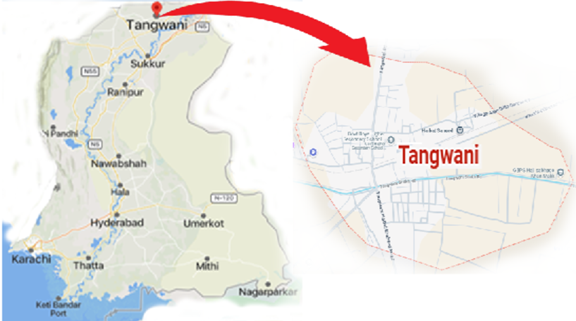BIOACCUMULATION OF TOXIC METALS IN SOME TISSUES OF CAT FISH (KHAGGA/ SINGHARA) (SILURIFORMES) IN DIFFERENT PONDS OF TALUKA TANGWANI KANDHKOT DISTRICT KASHMORE
DOI:
https://doi.org/10.71146/kjmr523Keywords:
Trace and Toxic Metals, Bioaccumulation, ICP-OES, Catfish, Khagga, Singhara, Kashmore@KandhkotAbstract
This study investigated the bioaccumulation of trace and toxic metals in two catfish species Khagga and Singhara collected from three different aquaculture ponds in Taluka Tangwani, District Kashmore @ Kandhkot. A total of 36 samples, comprising 1 kg and 0.5 kg individuals of each species, were analyzed for metal concentrations in gill, muscle, skin, and lung tissues. Samples were dissected and digested using a tri-acid mixture (HNO₃:HCl:H₂O₂; 3:1:2) at 80 °C, followed by filtration and dilution. Metal analysis was conducted using ICP-OES at NECAC, University of Sindh, Jamshoro.
The results showed that concentrations of most metals were within FAO/WHO permissible limits, except for aluminum (Al), which exceeded recommended thresholds. In 1 kg Khagga, Al ranged from 1.36 mg/kg (gill/liver) to 2.25 mg/kg (muscle), while in 0.5 kg samples, it reached up to 2.7 mg/kg (muscle). In Singhara, the highest Al value was 2.1 mg/kg (muscle), and the lowest was 1.0 mg/kg (gill). Nickel (Ni) levels ranged from 0.0002–0.010 mg/kg, with higher concentrations in gills and skin, particularly in smaller fish. Lead (Pb) levels remained low, ranging between 0.0022–0.0139 mg/kg, with liver and gill tissues showing the highest accumulation. Strontium (Sr) was present in all tissues, with a maximum of 0.313 mg/kg found in the gills of 1 kg Khagga and notable accumulation in the skin and lungs of smaller fish.
The study concludes that Khagga generally exhibited higher metal accumulation than Singhara, and gill and skin tissues were more prone to metal uptake. Although most values were within safe limits, the elevated aluminum levels suggest potential environmental contamination and a need for regular monitoring of fish ponds in the region.
Downloads

Downloads
Published
Issue
Section
License
Copyright (c) 2025 Abdul Aziz Bakhrani, Mushtaque Ali Jakhrani, Farzana Mangrio, Qandeel Haider Hundal, Rimsha Larik, Tahmina Fakhur-Un-Nisa Abbasi, Hafiza Samavia Nasir, Faiza Batool Noonari, Sanaullah Ansari (Author)

This work is licensed under a Creative Commons Attribution 4.0 International License.






